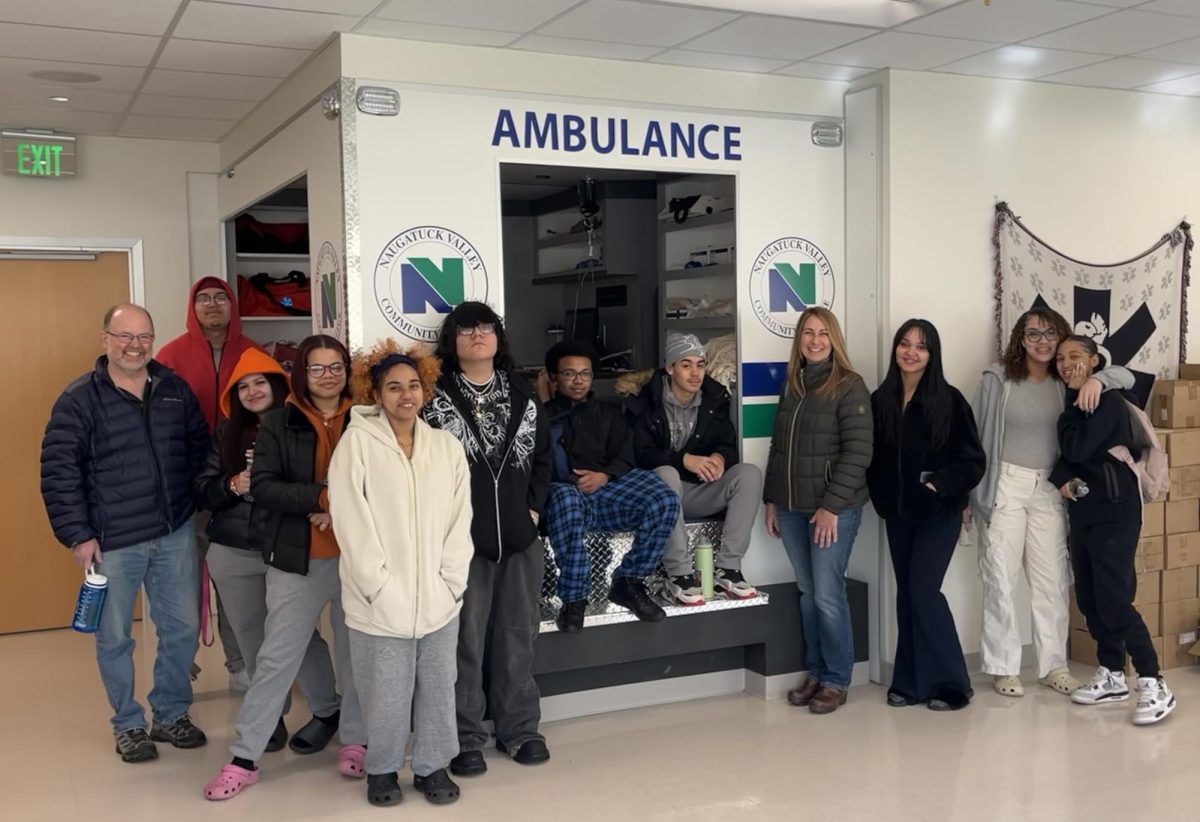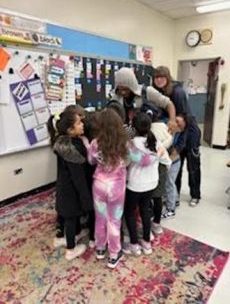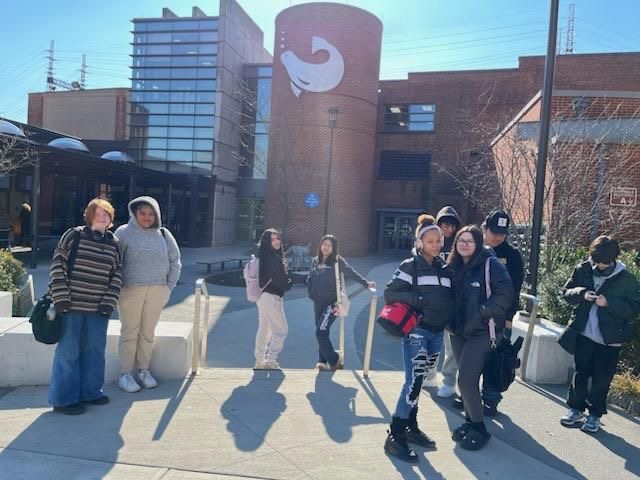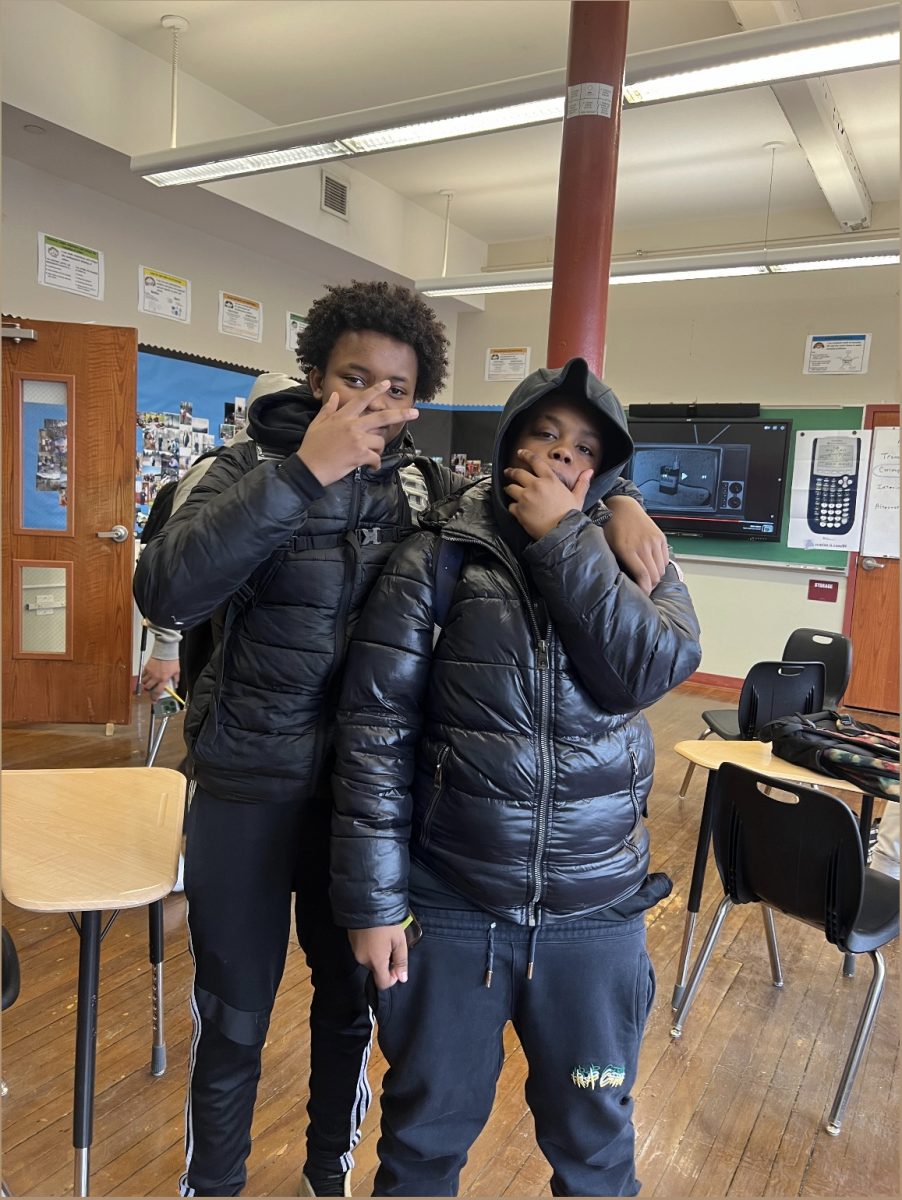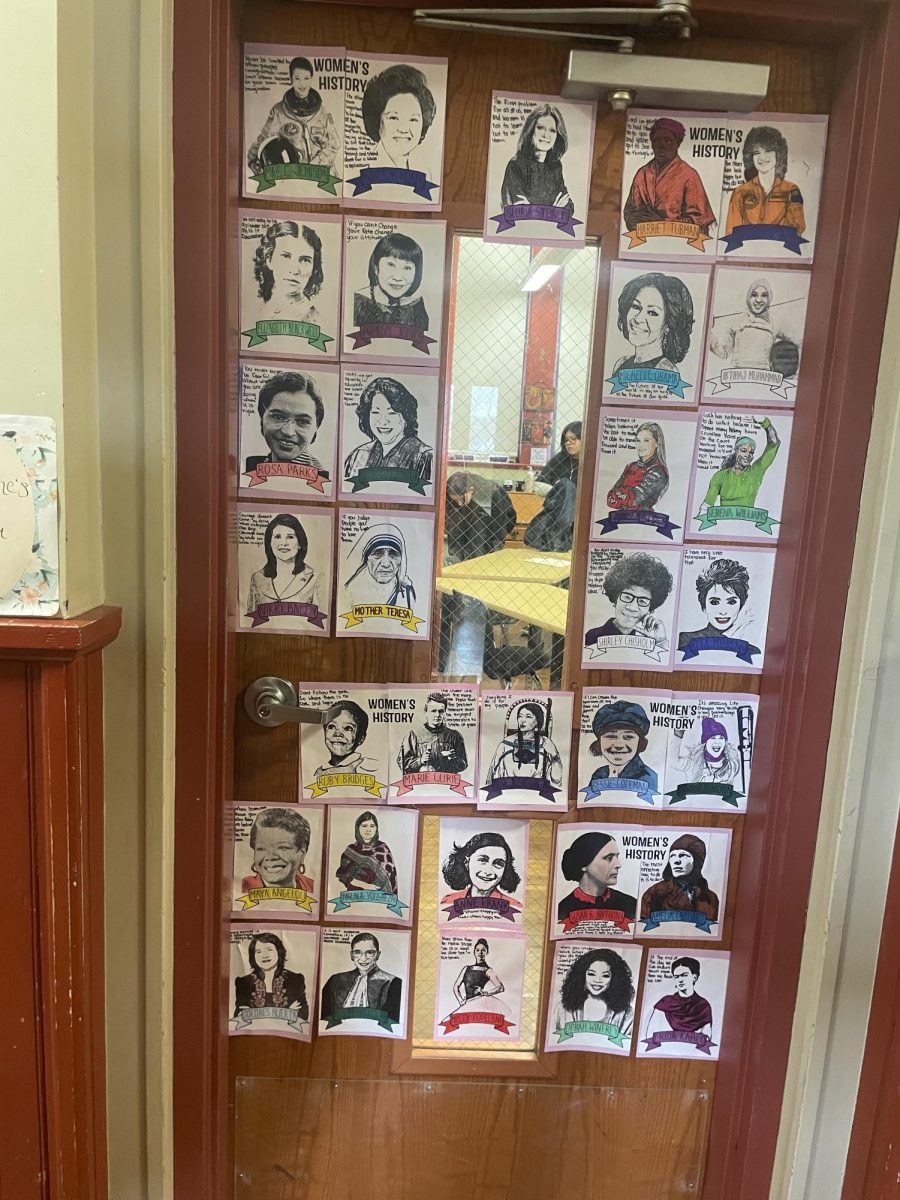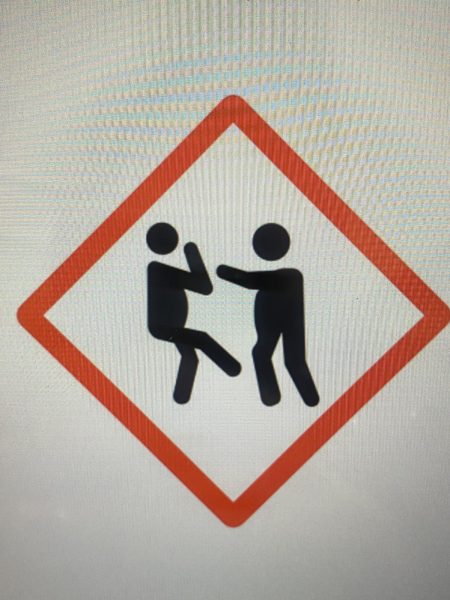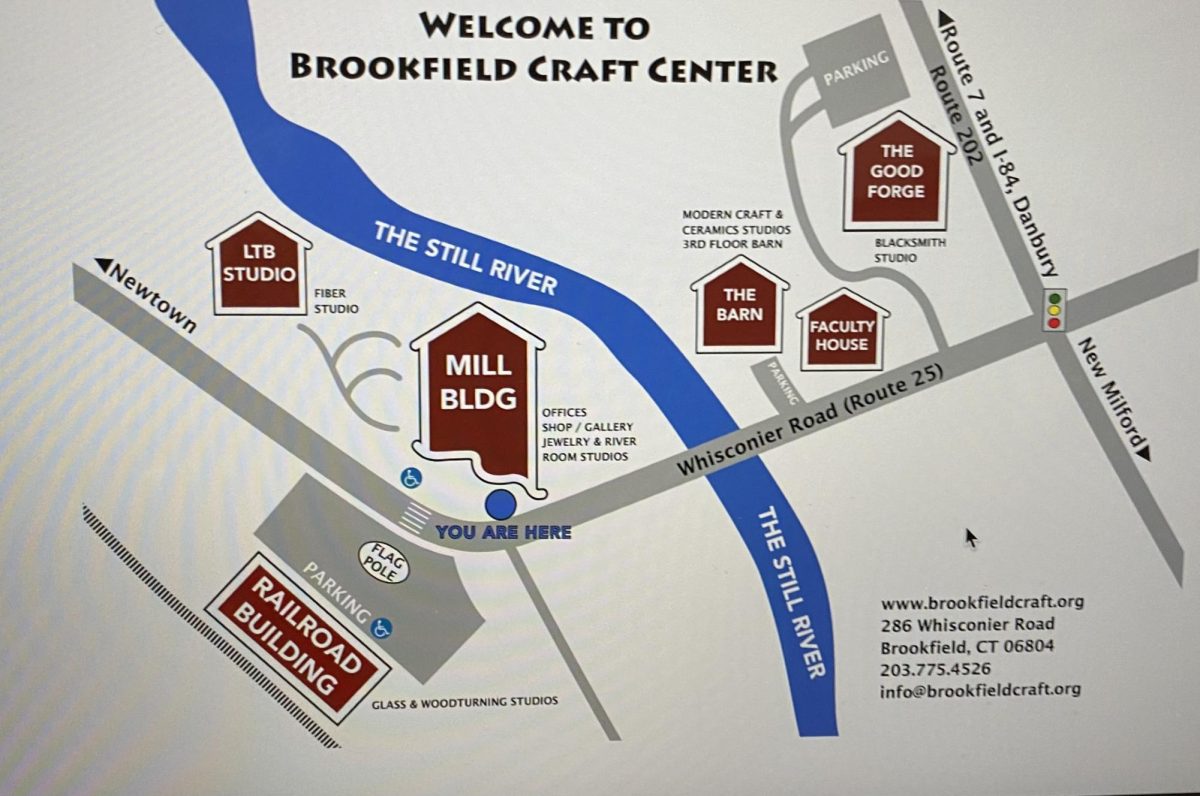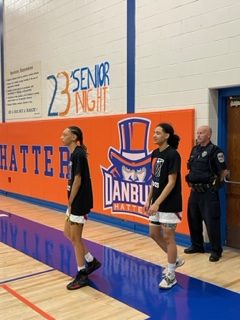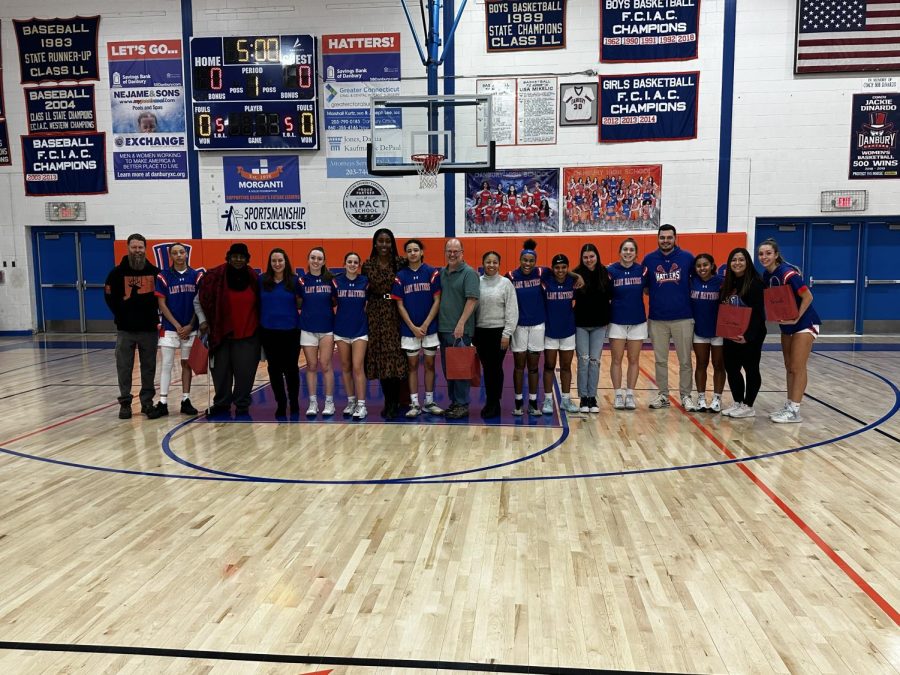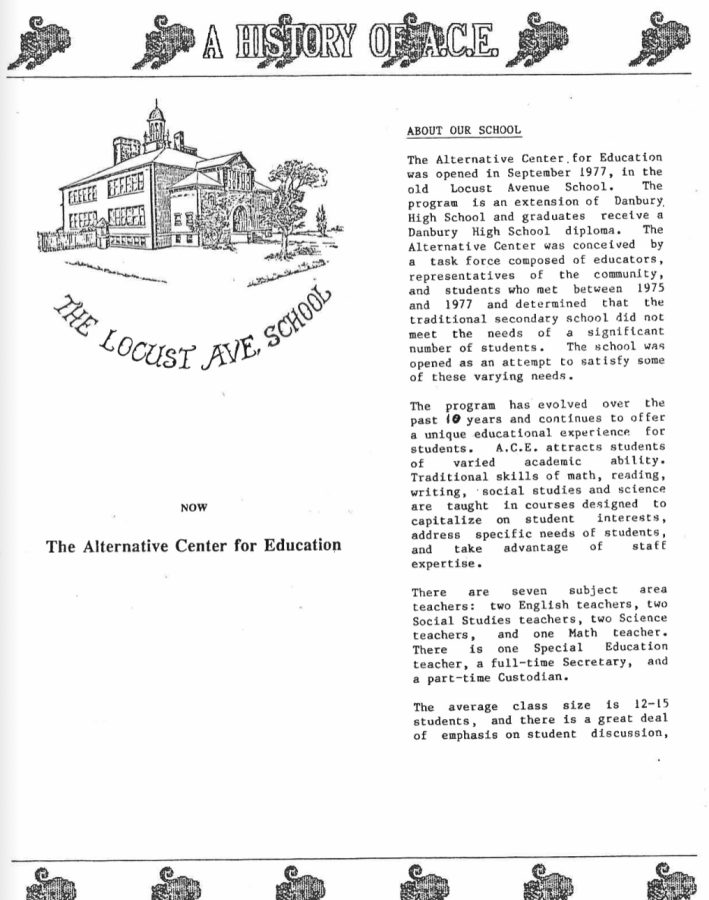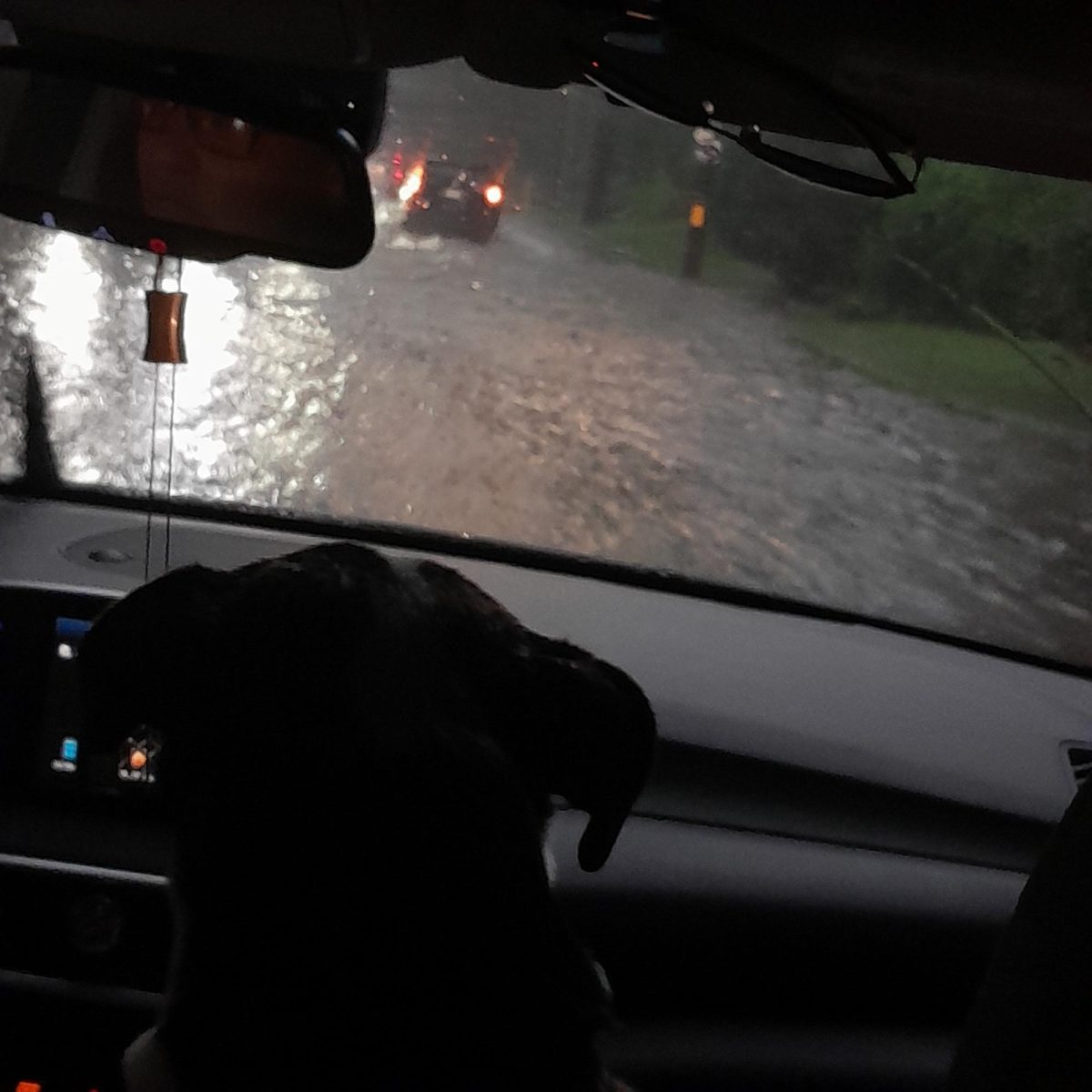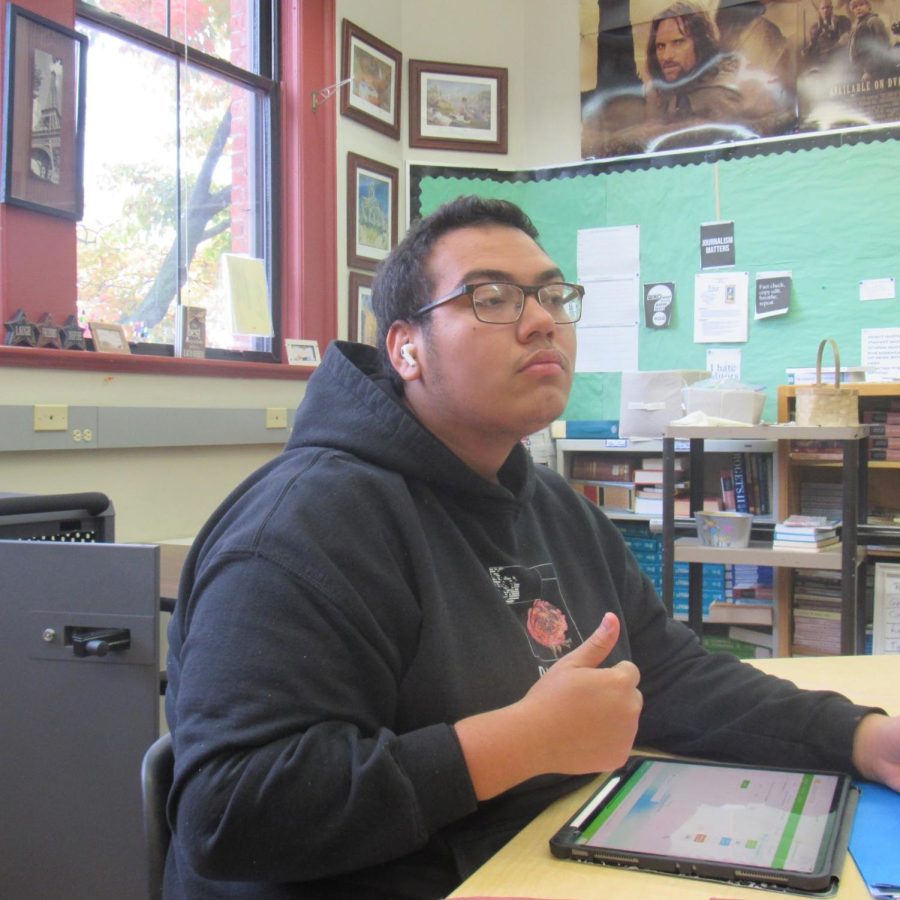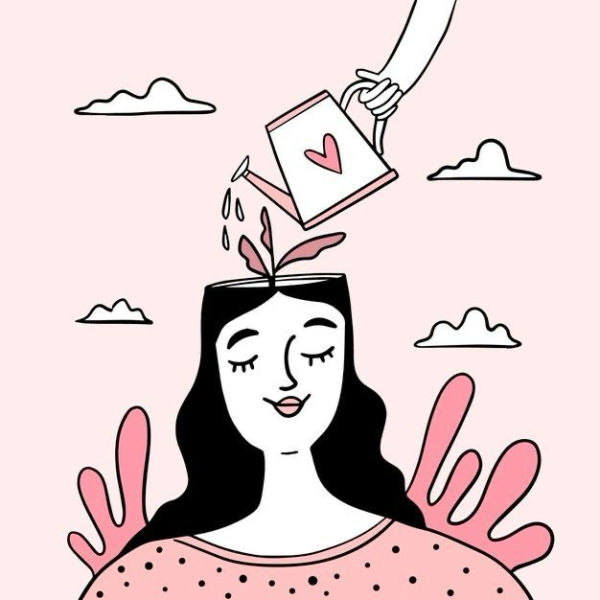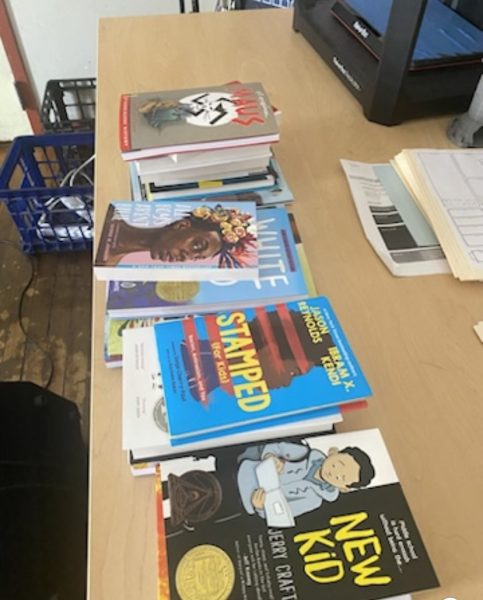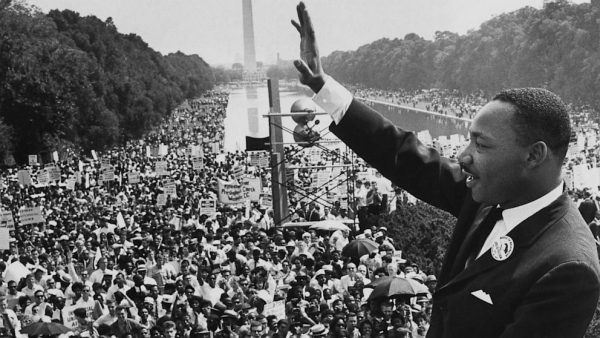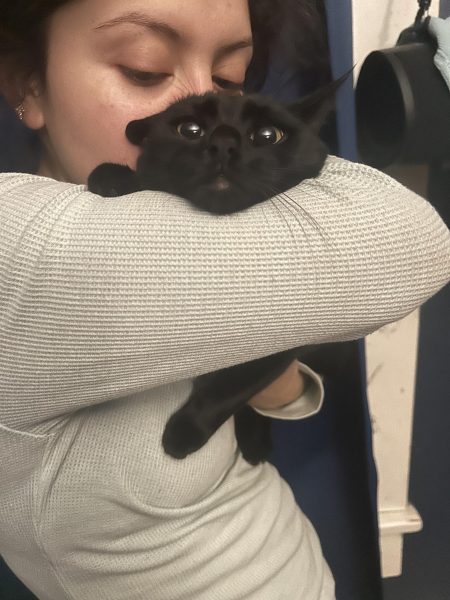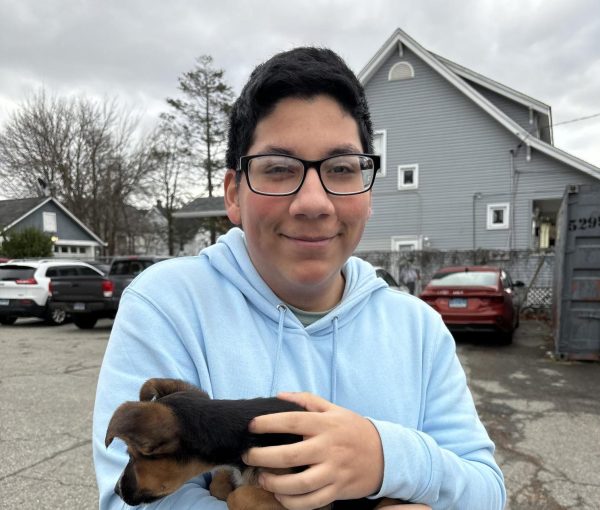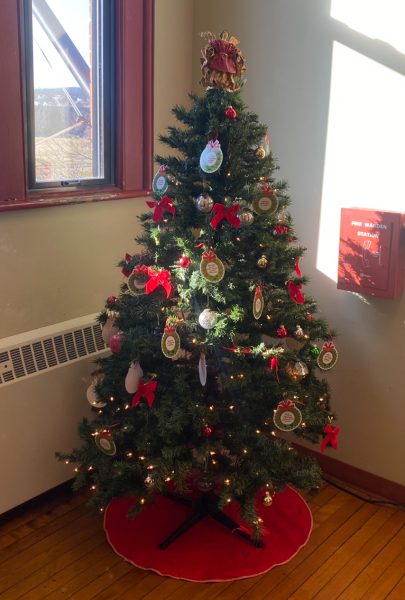The Distance Between Learning
Photo of Michael Lopez, one of many Danbury students affected by the district’s handling of the pandemic.
March 27, 2023
It was early march of the year 2020. Michael Lopez was sixteen years old, halfway through his tenth-grade year. He was a good student – his grades were fair and he socialized with his peers to the same extent any other high schooler would.
In the growing town of Danbury, Connecticut, life continued the same rhythm it always had. Students made the early morning commute to their respective schools as usual, teens and adults alike continued to their jobs, and talk of widespread sickness was still merely a rumor – a rumor that spread quickly, but not so much that the townspeople of Danbury feared any facet of their lives being altered.
Then came mid-march 2020. For the first time, Michael overheard his teachers mentioning an early spring break – one that was in the name of safety and would extend seven days longer than the usual week-long holiday. Much like his peers, he was oddly excited, yet completely blindsided.
Two weeks passed, and then three, which turned to six, which turned into an indefinite closing of all Danbury schools at the hands of Covid-19. However, though students weren’t going to school, they still had to go to school.

After a few weeks, all students were obligated to pick up their own school computer at the Danbury High School building. The new school system – which was fully online and taught through one-hour google meet sessions, was making its debut.
For Michael, spending this much time at home brought him to a crucial realization; his bed was more
comfortable. Though, of course he could in theory attend his classes in bed, sleep was a more pleasant feeling for him. “I woke up at two in the afternoon almost everyday. School was already over by the time I woke up,” he detailed. “I became somewhat of a night owl after that.”
Eventually, Michael grew to hate this seemingly never-ending vacation. “I was very depressed,” he said, “and it’s made me very antisocial even now.” The impact, however, extended far beyond his overall mood and social behaviors. His grades plummeted, and due to the limitations of the pandemic, he didn’t leave his house for the rest of the year.
In early 2021, students were given an alternate choice – they could attend school on alternating days, and partake in online school on the other days. Michael, fearing he was too far gone by now, chose not to go. Things continued on in this manner up until September of the same year.
When the 2021-2022 school year rolled out, things took a sharp turn towards normalcy. Google meet classes were out of the question now, and the average school day mirrored the same pre-pandemic routine.
It took time for students to adjust, but for Michael, things took a turn for the better. With time, his grades slowly climbed back up and to his surprise, he concluded the school year having passed all of his classes at the Alternative Center for Excellence. Though effects of distance learning and the pandemic still linger, Michael, now in his senior year, successfully worked his way towards a happy ending.
Michael’s experiences represent more than just his own – he’s one student who represents a much larger demographic of students affected by the pandemic and how Danbury Public Schools chose to handle it. While he may have found a road to academic recovery, many students like him still feel the effects of isolation and a flawed learning system that may – at its worst – cost them a diploma.

